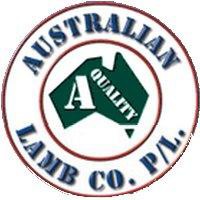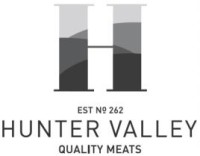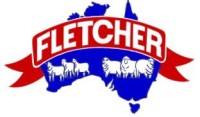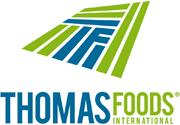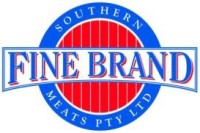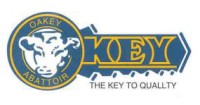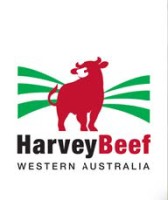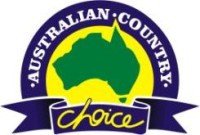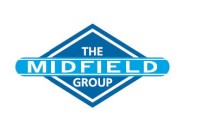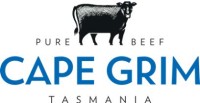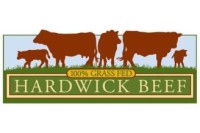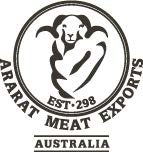About Us
"Our Mission, is to produce the highest quality products at the lowest cost, resulting in the safe use of our products, at the lowest cost per head for our customers."
About Jarvis
Jarvis Products Corporation is the world’s largest producer of meat and poultry processing equipment. For 100 years, the Jarvis name has stood for quality, craftsmanship, dependability and ruggedness under difficult field conditions. The company specialises in meat cutting and boning machinery, band saws, slaughter equipment, carcass opening and splitting saws, hock cutters, and skinning machines. It also supplies auxiliary equipment and consumables to the food processing industries.
Jarvis Products Corporation’s World Headquarters in the U.S.A. is based in a new 120,000 square-foot, 200 employee facility in Middletown, Connecticut, U.S.A.
Jarvis Australia was first established in August 1964; the second Jarvis subsidiary to be opened outside of the United States. Our Australian head office is based in Brisbane Queensland, with an experienced team of sales and service representatives on the road to cover this wide and diverse country.
Meet The Management Team
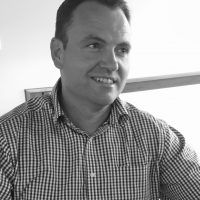
Kevin Robinson
Managing Director
Kevin has worked in senior Finance & Governance roles for over 25 years, covering a multitude of different industries in both Australia and England, before joining Jarvis in 2017.
Kevin stepped into the role of Managing Director of Jarvis Australia at the beginning of 2018, and has overseen considerable evolution of the company through its development of new products & associated industry innovation, whilst continuing to drive Jarvis’ core focus of professionalism and customer support.

Rob Haworth
National Sales Manager
Robert has worked in the meat processing industry since 1988, starting his career as a Qualified Fitter & Turner, Restricted Electrician, and WHS Officer, before joining Jarvis as a Service Technician in 2008. Robert now carries the title of National Sales Manager & Operations Manager, and directs the team of Service Technicians operating across Australia.
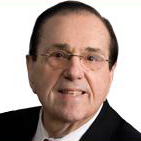
Message from Our Former President Vin Volpe
From the days of stunning cattle with the multiple blows of a sledgehammer to the development of the world’s most reliable pneumatic stunner, he has seen it all and participated in a great deal of it.
Born and raised in Waterbury, Conn, USA, Volpe grew up with a love for all things mechanical, owning a gas station and garage with his brother in nearby New Haven. A skin allergy forced him to abandon his hands-on auto repair career. A World War II veteran, he then went to college on the GI Bill.
“I went to Boston University to study business management,” he says. “My wife supported me so I could go to school. I finished in 1955 and took a summer job with Jarvis, which was in the machine tool and attachments business…. and I’m still here.”“I was new and looking for an opportunity, and Jarvis had this skinning knife from Germany that they just couldn’t get started with,” he adds.
The tool was a mechanical skinning knife with two circular blades that oscillated to create the cutting action. Volpe worked with it until it performed satisfactorily, field testing it at Illinois Pack in 1957. It was a success; the Jarvis dehider knife revolutionised the hide-removal process in the meat industry. “That became our core product, and is still our core product 59 years later.” Volpe says.
Volpe recalls the moment that he knew he had to do something to improve humane stunning. “It started 58 years ago when I saw the sledgehammer,” he recalls. “I’ll never forget the first one. I was out in San Francisco. This guy hits the animal with the sledgehammer. The animal did not go down. He hit him again, two or three times. I had my wife with me, and said, ‘Oh my God, this is an awful, awful thing to do.’”
That turned his attention to humane stunning. “I worked on a captive-bolt stunner in 1958 or ‘59,”he says. “My thoughts were that it had to be a light-weight stunner. What I tried to make was like a golf club to emulate the handle of the sledgehammer, with the stunner on the end of it. It couldn’t deliver enough air. We didn’t know enough about the pneumatic part of it, so I let it lay until the 1990s.”
Volpe recalls another technology developed in the 1950s that became successful later. “When I first started, Hormel developed a hog immobiliser with CO stunning. It didn’t take; it cost too much and the mentality wasn’t there.” But good ideas have a way of resurfacing.
“Now the Danish company, Butina, came in 15 or 20 years ago and made it work, but Hormel had the original patent in the 1950s,” he says.
In 1963, Volpe and Jarvis entered the international market, which led to a new approach in humane stunning. “In the 1980s, our manager in New Zealand became interested in electric stunning for Halal kill,” Volpe relays. “We worked with the Meat Industry Research Institute of New Zealand [MIRINZ], who were the originators of electric stunning, and we commercialised it.”
The electric stunner, featuring a simultaneous head and heart stun, spread from there. “We’re selling them all around the world: New Zealand, Australia, Indonesia, Malaysia, France, the United Kingdom, and Germany wherever there’s Halal slaughter,” Volpe says. “It’s only good for 70 or 80 head per hour, so it’s not a good fit for the high production system in the US.”
By the 1980s in the US, several companies were selling versions of a pneumatic, captive-bolt stunner. With rapid-shot repeatability, they were ideal for the high-speed slaughter plants, but they had a common problem: inconsistent performance, which regularly led to missed stuns. “They were stud stunners” Volpe says, “nail guns modified to be a pneumatic, captive-bolt stunner.”
With the pressure increasing on beef plants to achieve first stun-insensibility under the Humane Slaughter Act, Volpe was approached about building a stunner backed by the Jarvis reputation. The result was the first pneumatic stunner designed from the round up. Jarvis’ USSS-1 was introduced in 2003, and has since become the gold standard for pneumatic stunners, not only in North America but around the world.
Australian Meat Processors We Work With

